
Tardive dyskinesias are side-effects of long-term dopaminergic antagonist medications. These manifest through involuntary movements affecting the mouth, lips, face or some extremities of the patient's body after the exposure to these medications. Usually, these movements exist before the treatment with these medication, but get significantly worse due to the side-effects. Conventional neuroleptics, abused substances, anticholinergics, toxins and numerous agents may all result in tardive dyskinesias.
Risk Groups
Due to the type of medications used, tardive dyskinesias may affect people who are treated for schizophrenia, shizoaffective disorder or bipolar disorder. Nevertheless, people with fetal alcohol syndrome, certain developmental disorders and brain problems may also be risk groups, once they are treated with the above mentioned agents. Even a single dose is enough to provoke tardive dyskinesias.
Facts about Tardive Dyskinesias
This condition is not to be mistaken for acute movement disorders. Namely, the latter manifest as side-effects of neuroleptics and dopamine antagonists. These side-effects include acute dystonia, akathisia, bradykinesia, rigidity and pill rolling tremor. Females are especially sensitive to side-effects of dopamine antagonists.
Moreover, dyskinesias may strike due to withdrawal periods of dopamine antagonists. Also, certain studies done on rodents showed that Haloperidol leads to involuntary chewing movements as well as facial movements. Subsequently, it was found out that caffeine and adenosine treatment stops this side-effect from taking place.
Effects of Dyskinesias
Patients treated with neuroleptics react differently to these medications. Thus, some of them might develop acute dyskinesias and tardive dyskinesias while some might not. Nevertheless, any proper diagnosis of this condition requires a detailed insight into the patient’s medical history. The doctor needs to find information about previously manifested movement disorders since this way he/she can differentiate tardive dyskinesia from, for example, Tourette’s syndrome or similar tic-causing conditions.
Since this information is usually imprecise and lacks details, diagnosis of tardive dyskinesia may be hard or even impossible. Therefore, the patient needs to be examined and watched carefully in order for the signs of this particular phenomenon to be noticed and differentiated from other such conditions.
Finally, there is certain information that tardive dyskinesias may be related to one’s genetics. Yet, this information is not completely established and cannot be considered a fact.
All in all, the more information experts get on this condition, the greater are the chances that it can be successfully controlled in the future. Patients need to be treated with neuroleptics and other medications mentioned above. Yet, if their harsh side-effects can be successfully inhibited, their effects would be much more appreciated.


-When-You-Have-Parkinson's-Disease_f_280x120.jpg)




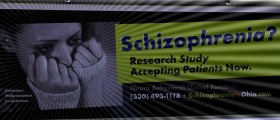

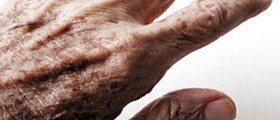

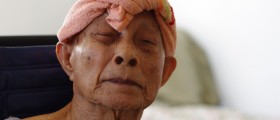
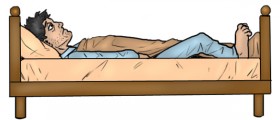

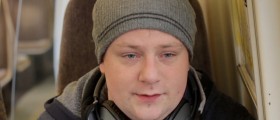
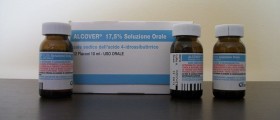

Your thoughts on this
Loading...